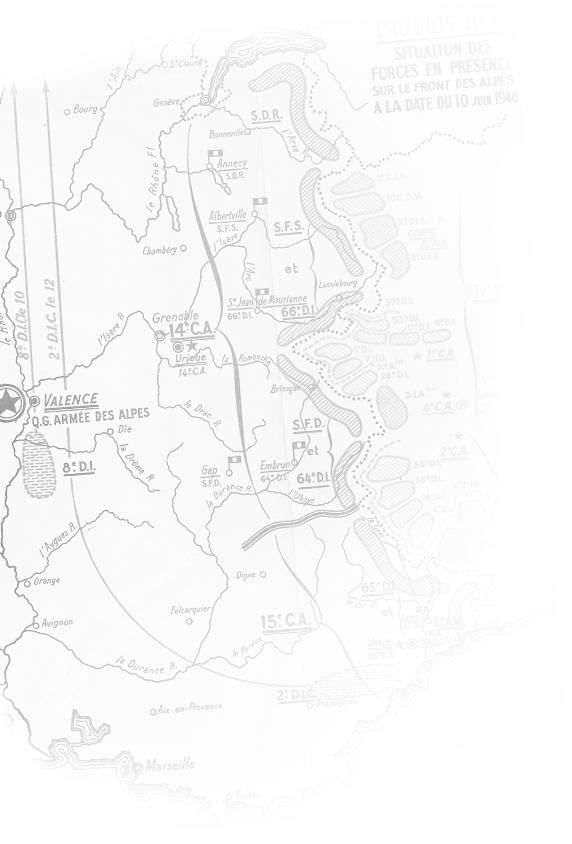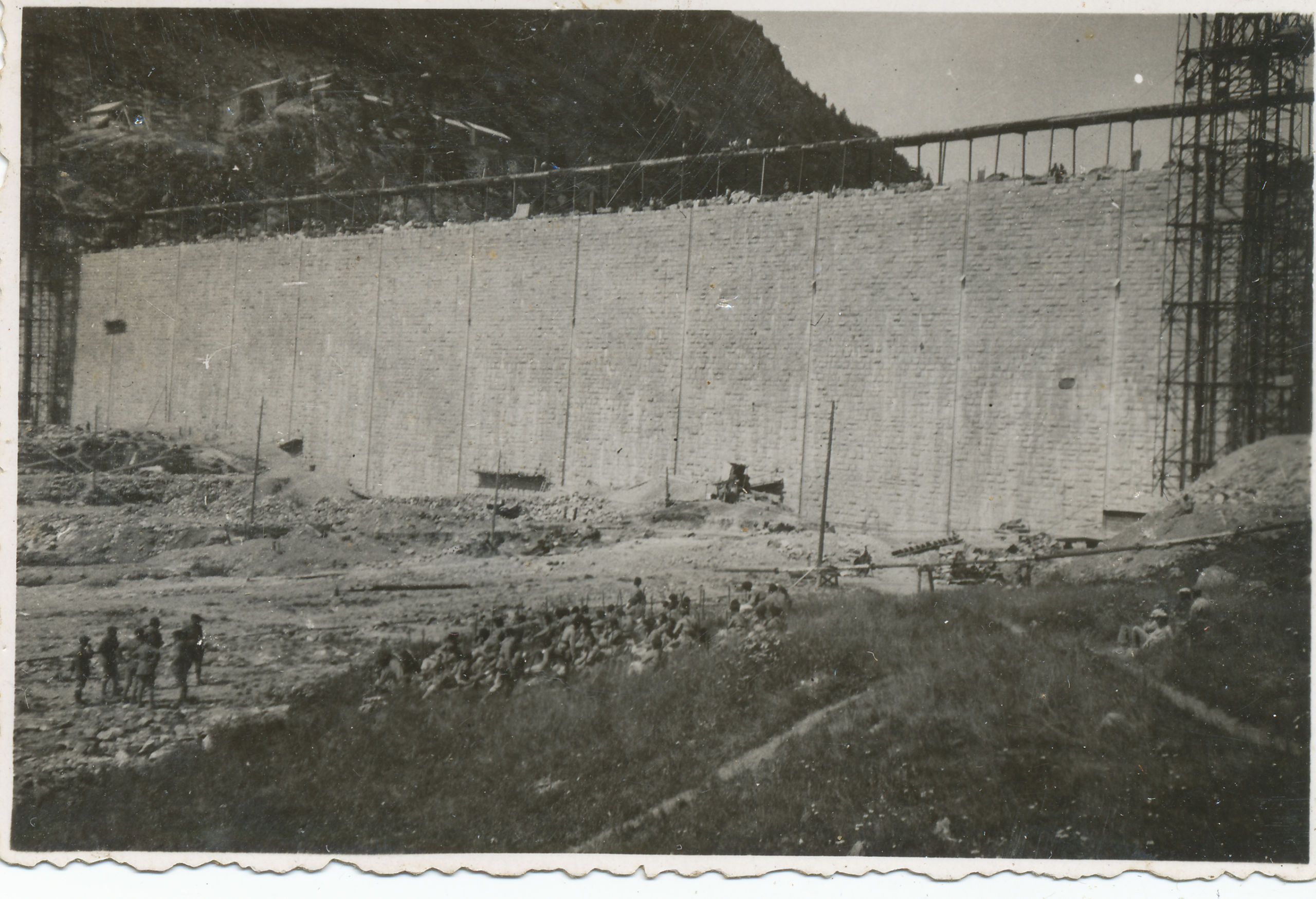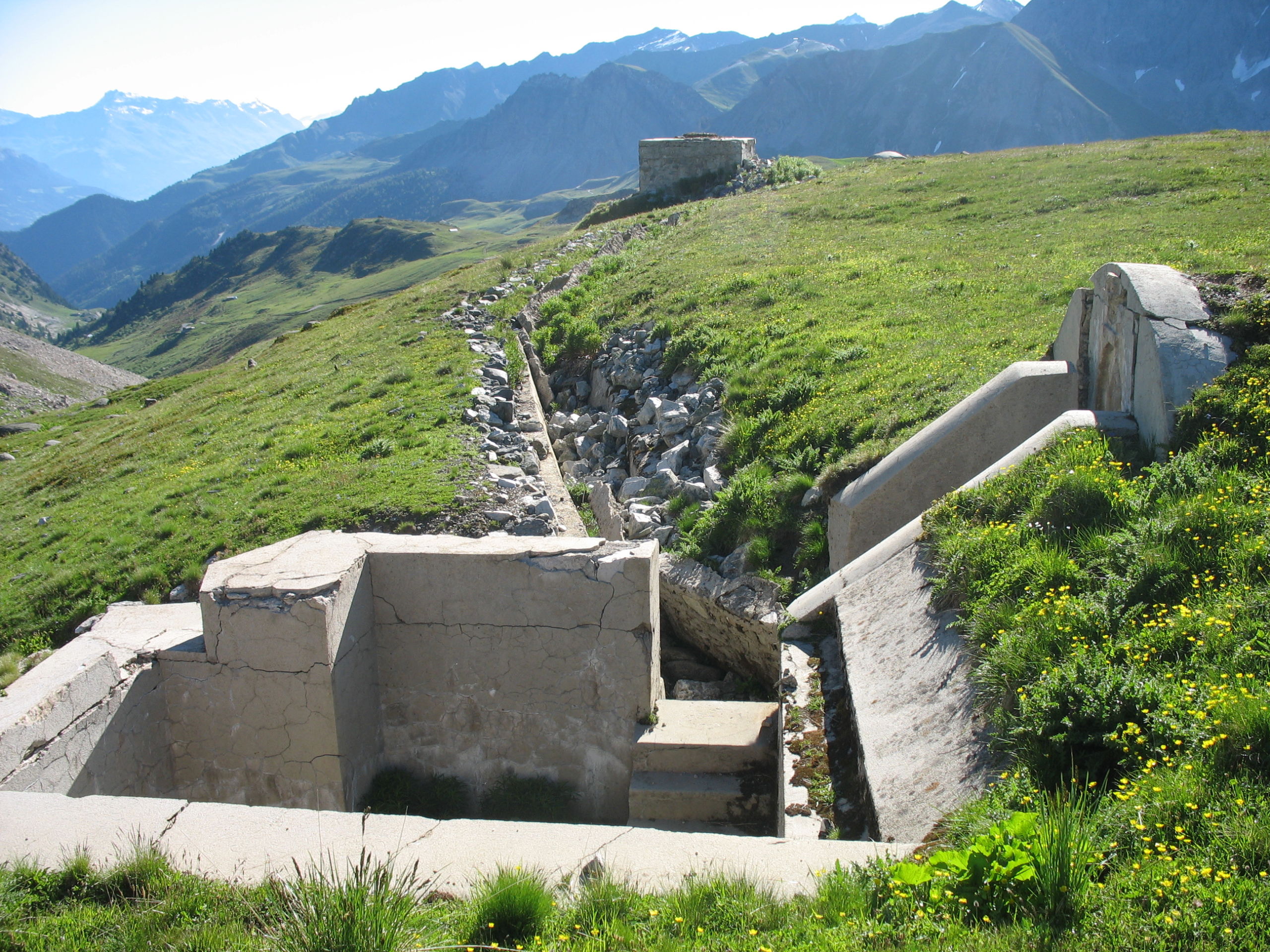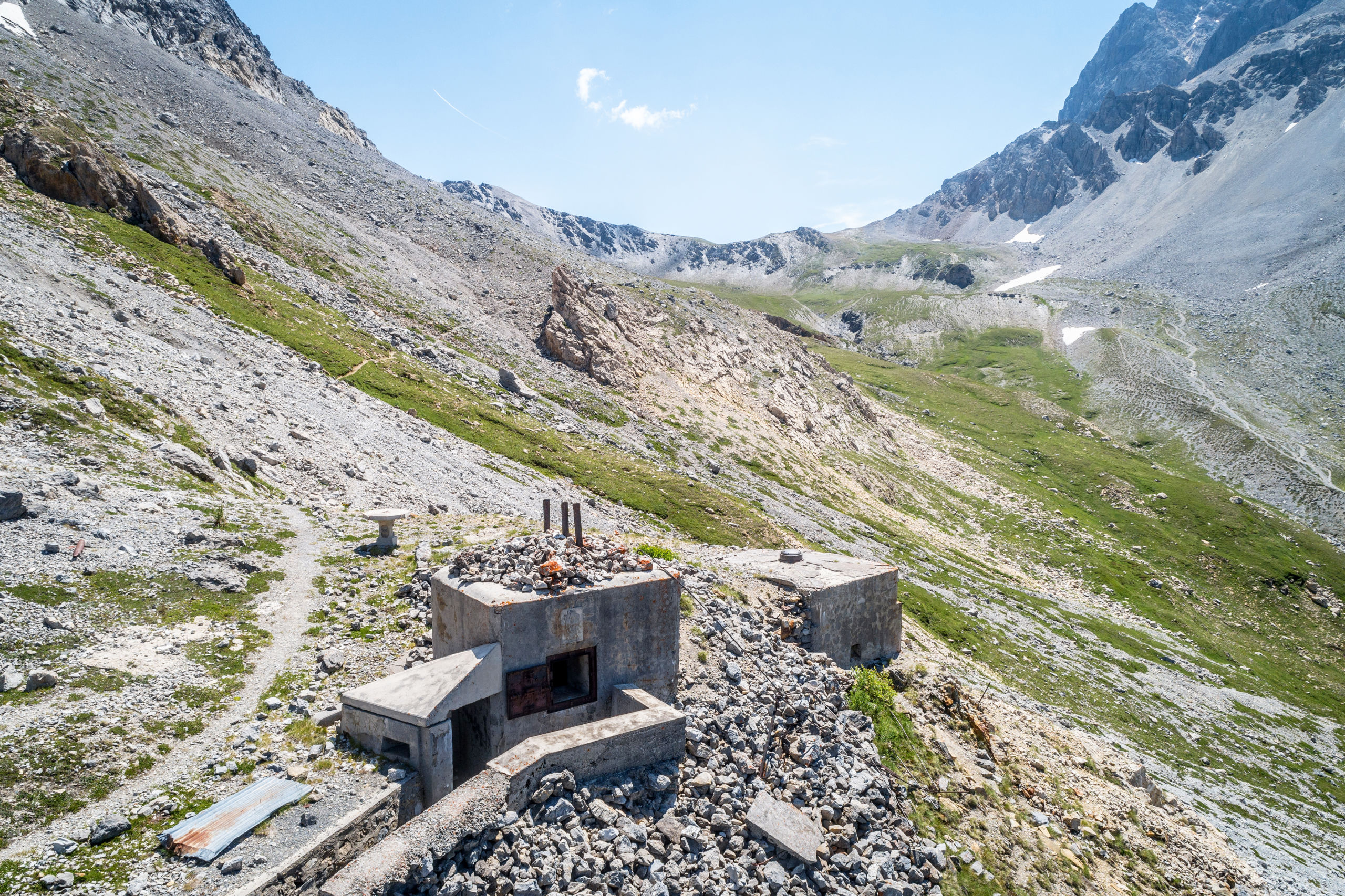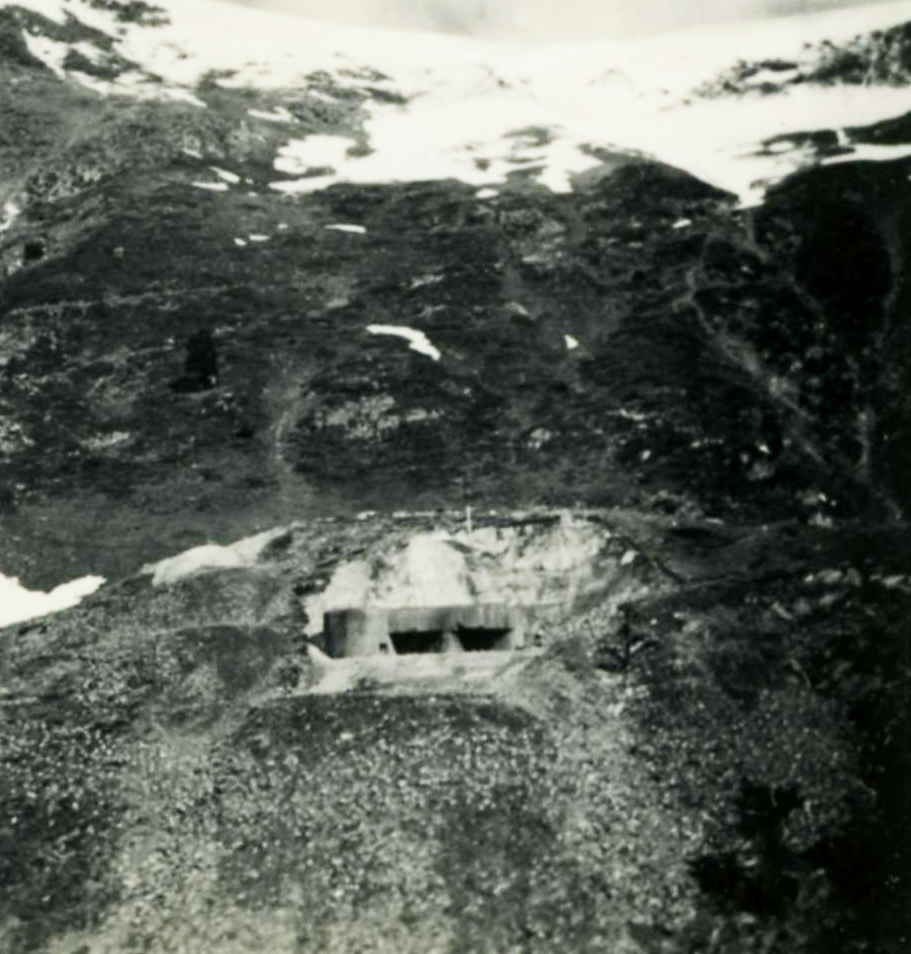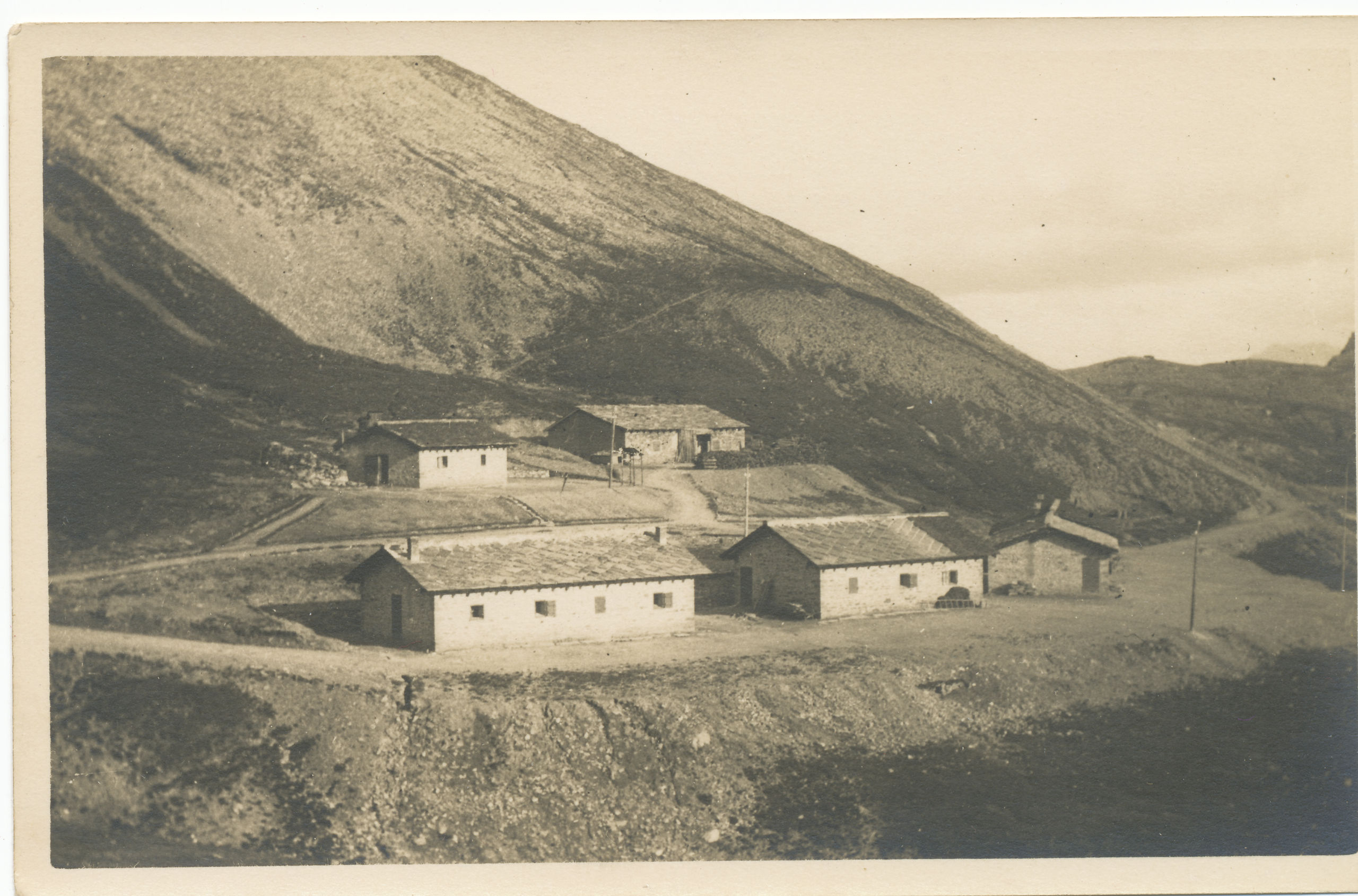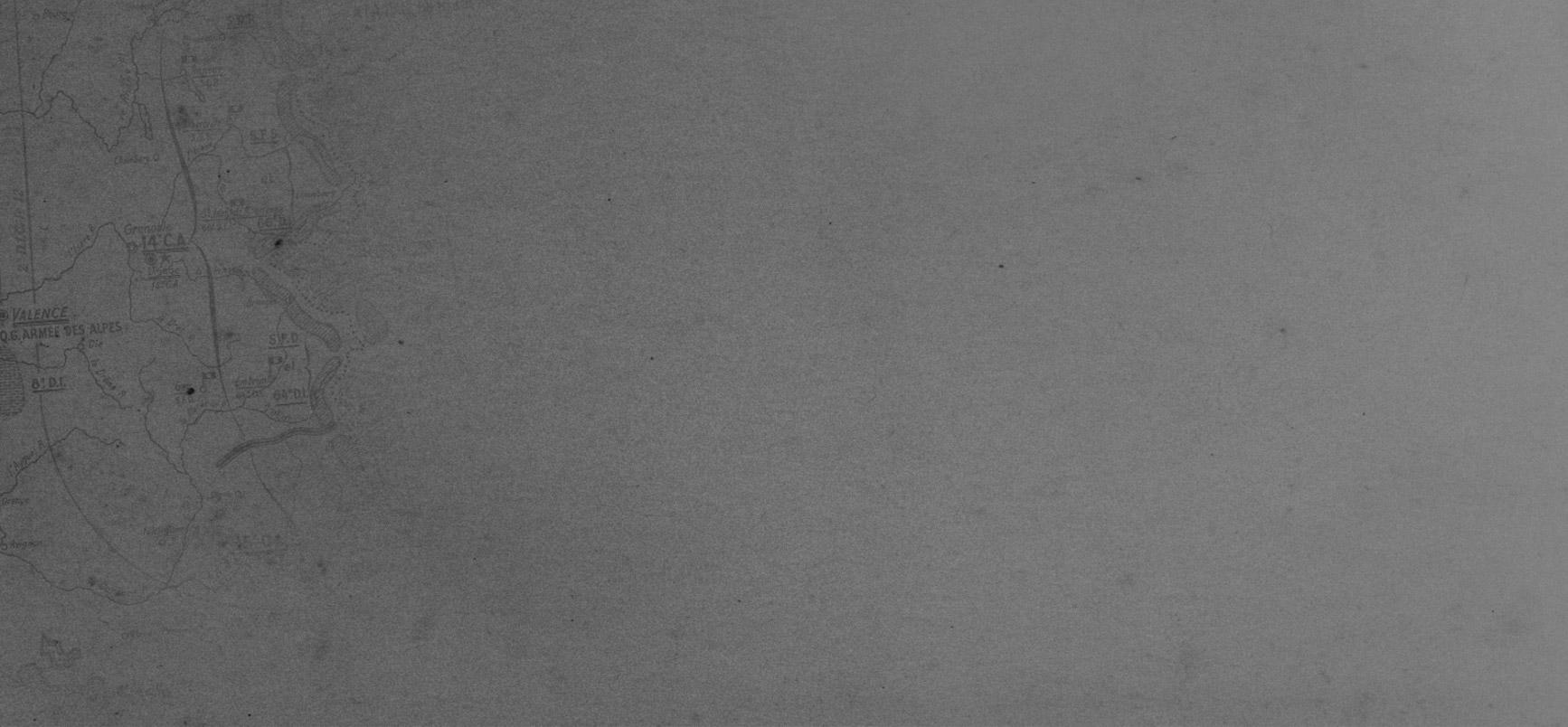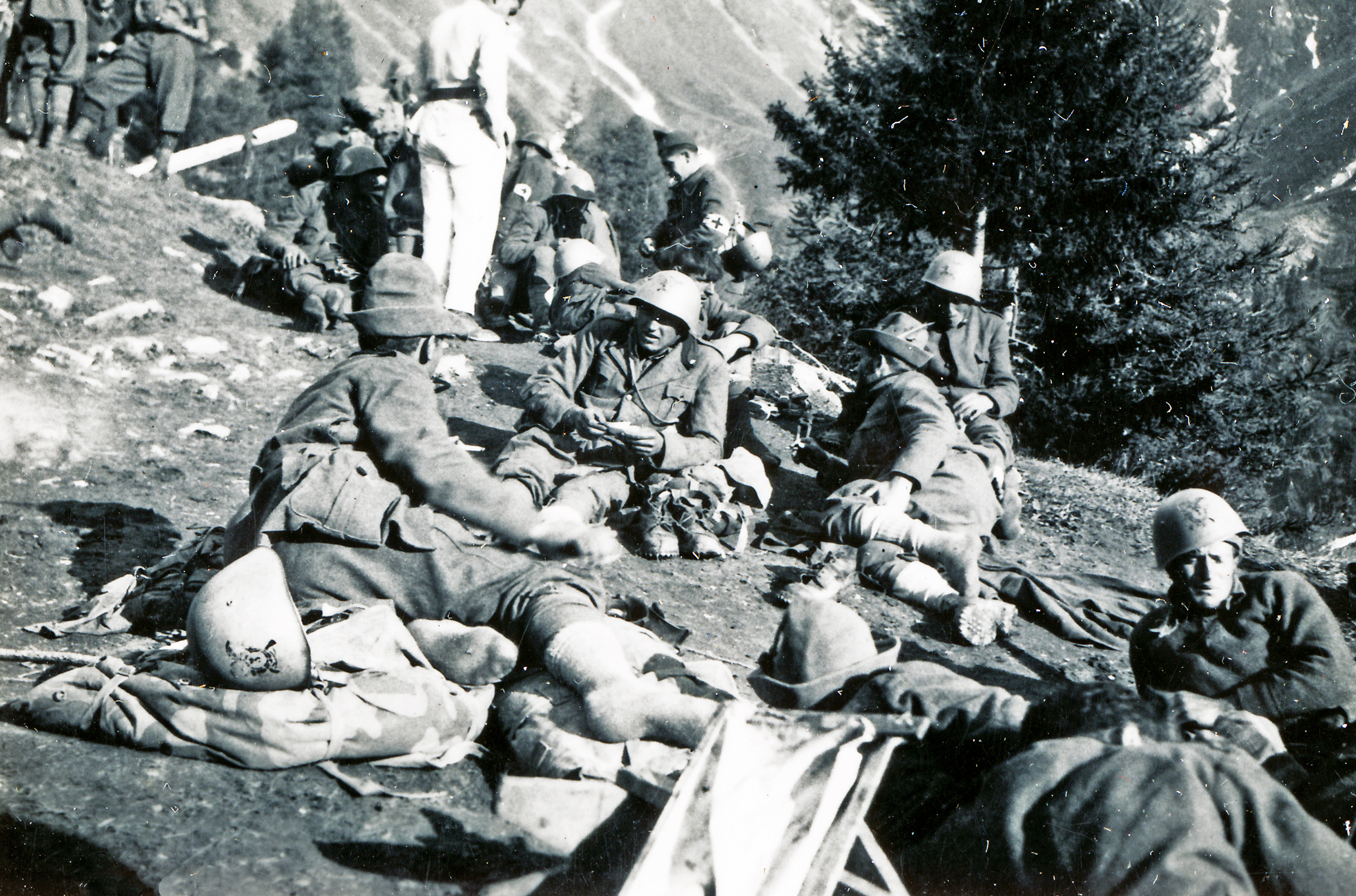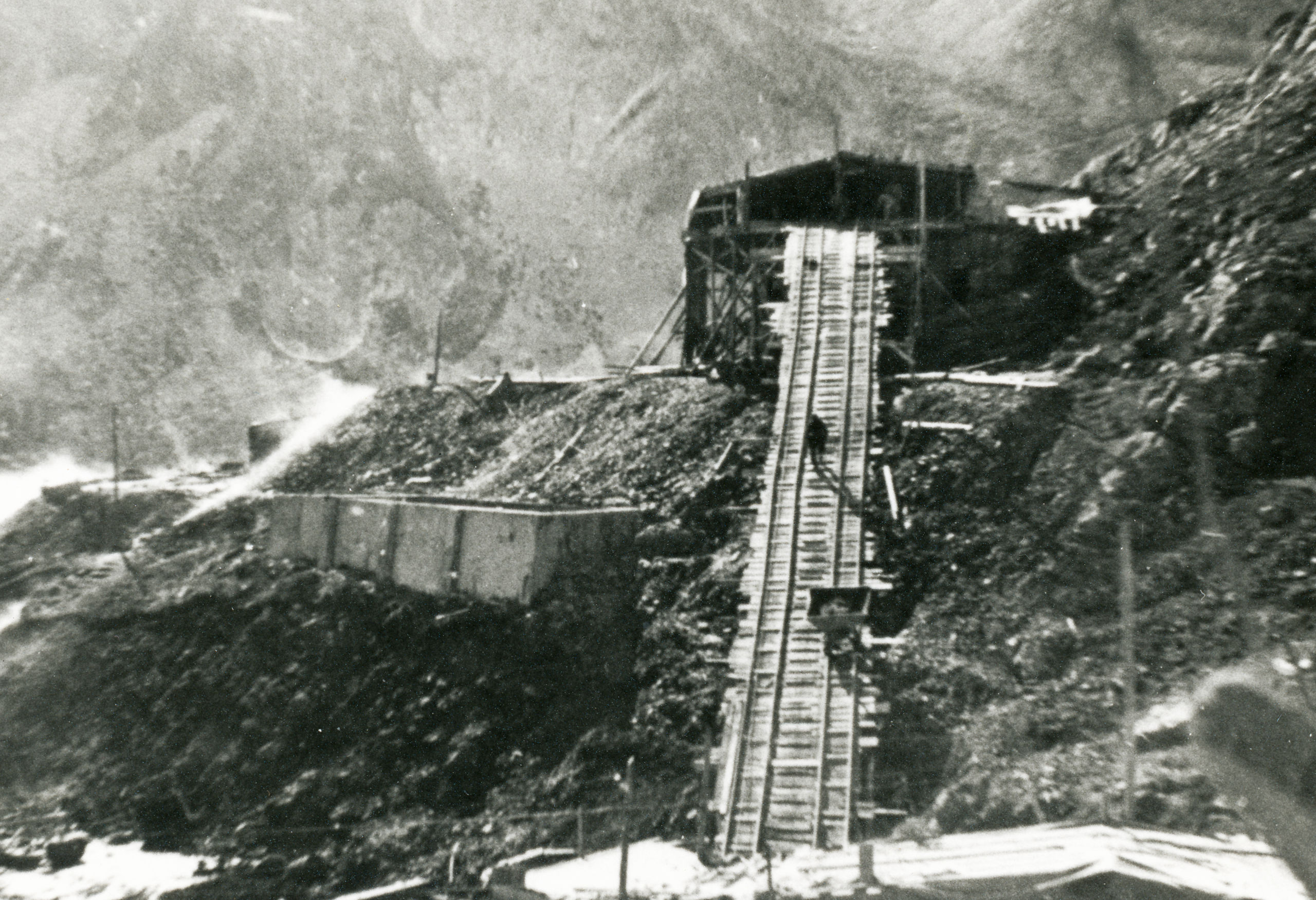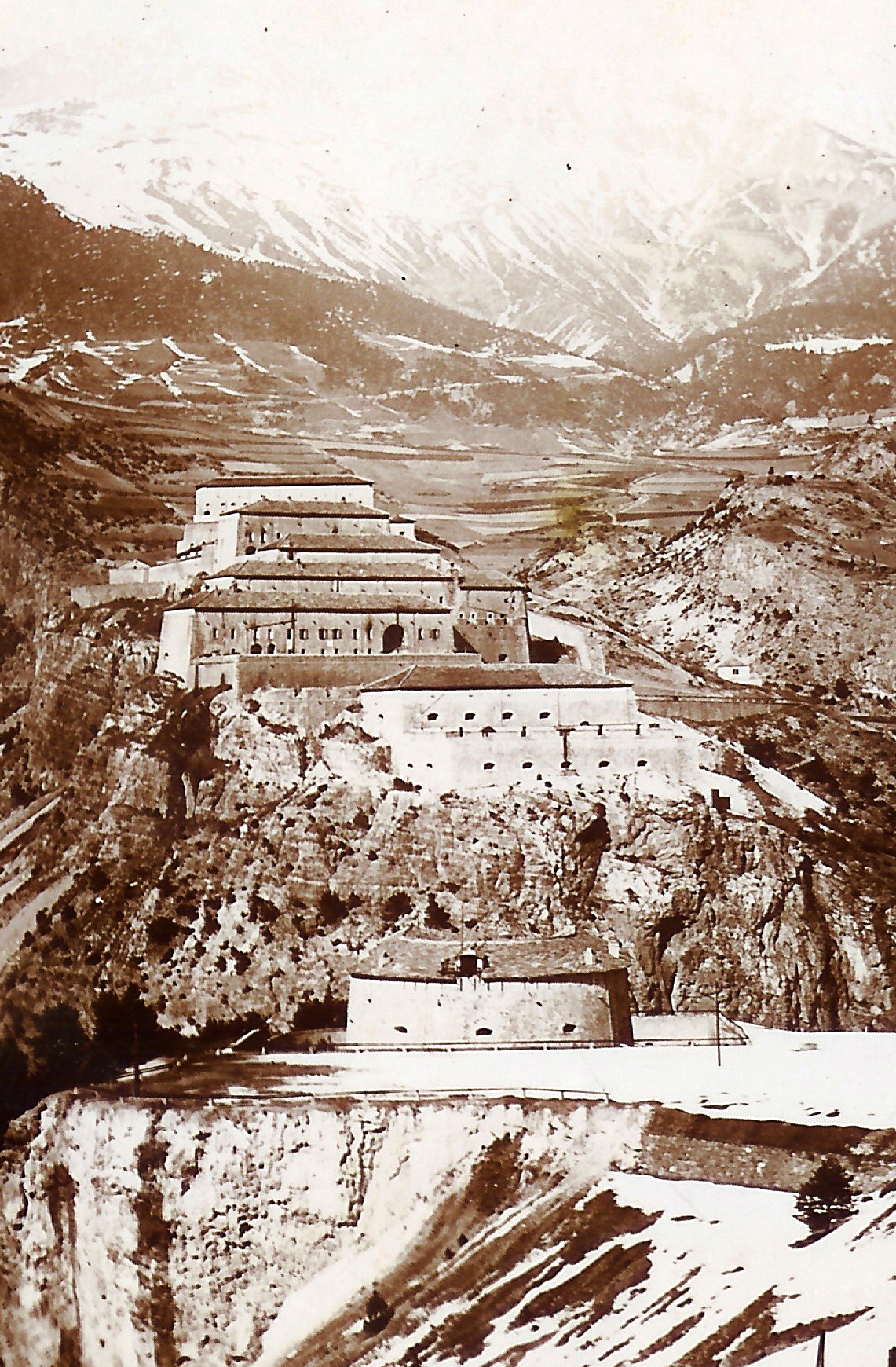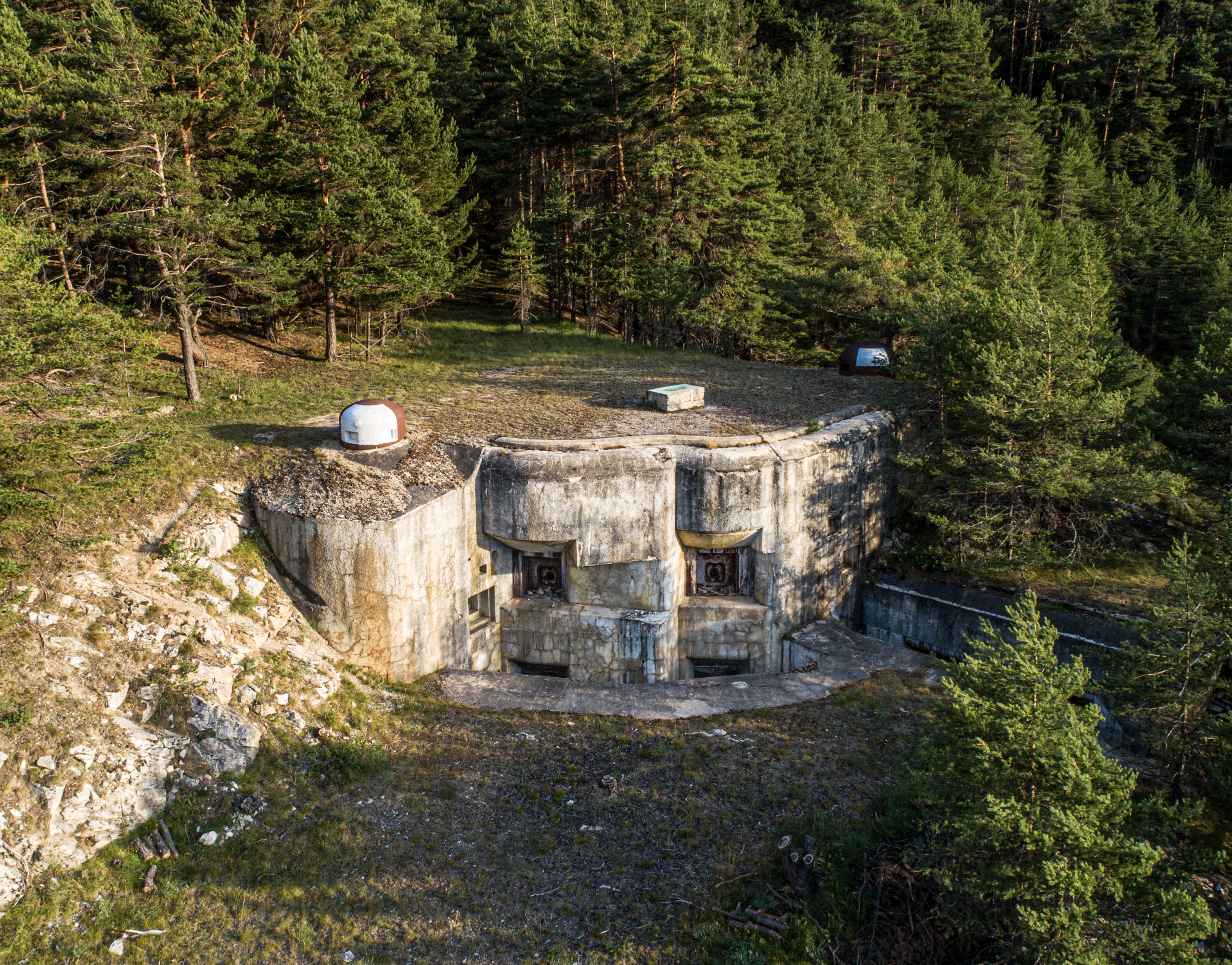
The Maginot works -Fort Saint Gobain
Mussolini's rise to power in Italy posed a threat to the Alps.
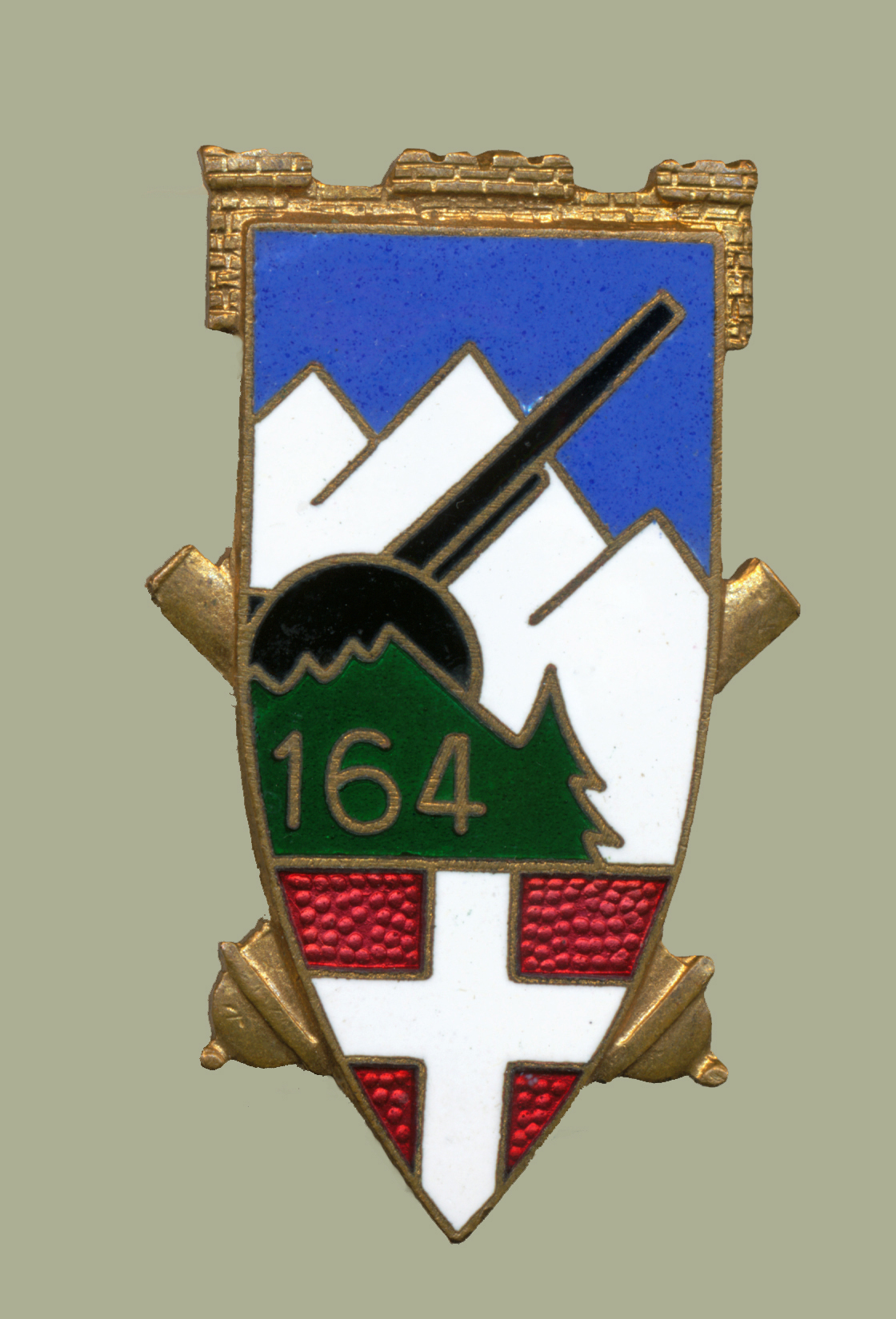
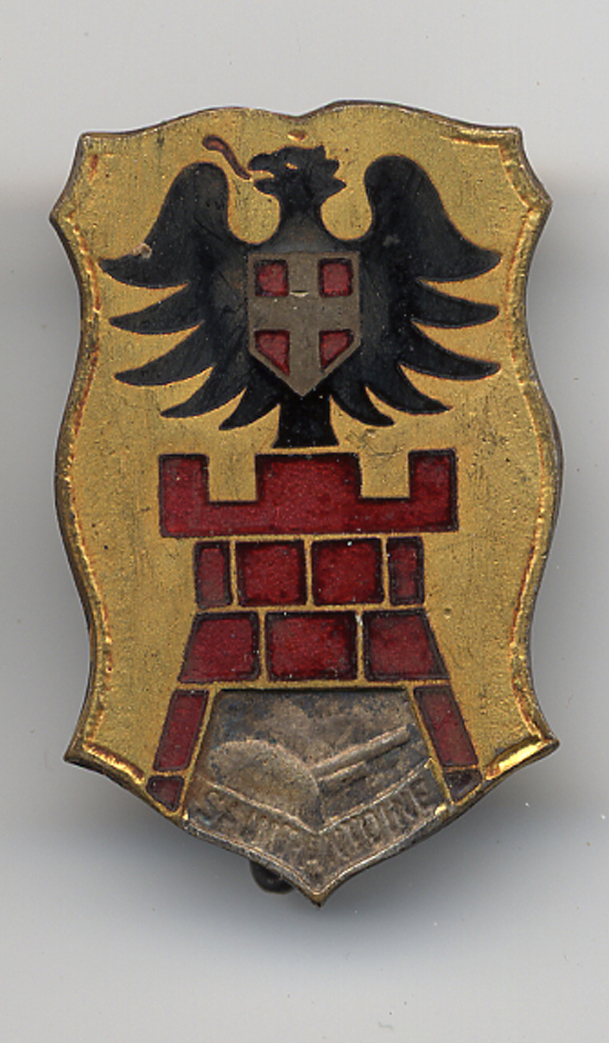
Séré de Rivières system fortifications had become obsolete and were reinforced or even replaced by Maginot fortifications.
From 1930 until 1940, fortification workscontinued ceaseless with the construction of main works around Modane and of outposts near the border.
A Maginot structure, like Saint Gobain, consisted of a set of concrete blocks on the surface, linked together by underground galleries. The entrance gave access to a main gallery leading to crew accommodation, electricity production plant, food and water reserves, fuel storage and an ammunition dump.
The garrison, known as the work's crew, wasmade up of men from a fortress alpine battalion (BAF), pertaining to Infantry, others came from a position artillery regiment (RAP) and engineers.
Infantry was responsible for the close-in defense of the fortress.
Artillery provided defense in depth and supported the outposts.
Engineers were responsible for technical operation of the works and communications.
The works crossed their fires to deny enemy advance and protect each other.
Shelters, blockhouses, dismountable turrets, anti-tank barrages, barbed wire networks and field positions completed the system by closing the gaps between the works.
In the Charmaix Valley, the main resistance position was held by the Lavoir, Pas-du-Roc and Arrondaz works.
They were covered by the Fréjus, Roue and Vallée-Etroite outposts.


